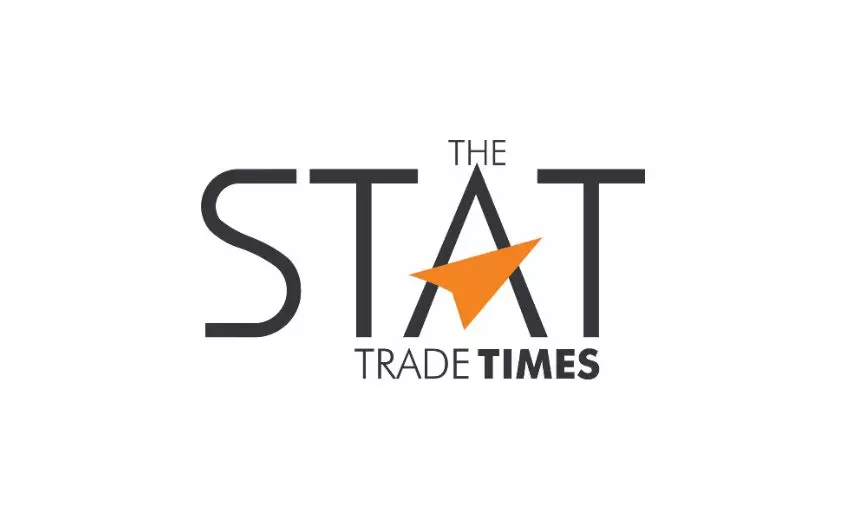
Diverse cross border e-tailers have potential to Go Global
<p dir="ltr" style="text-align: justify;">Cross border e-commerce is growing quickly, everyday millions of purchases are made online, and shipments are being delivered to consumers at their door step. Consumers are increasingly becoming more comfortable with the idea of buying online from retailers and manufacturers abroad. In fact, every seventh online purchase is already conducted as a […]

Cross border e-commerce is growing quickly, everyday millions of purchases are made online, and shipments are being delivered to consumers at their door step. Consumers are increasingly becoming more comfortable with the idea of buying online from retailers and manufacturers abroad. In fact, every seventh online purchase is already conducted as a cross border transaction. E-commerce has profoundly changed the entire parcel and express industry ever since, shifting from a pure B2B focus to also addressing B2C related requirements. With this, the industry today finds itself in a position to serve two important customers at the same time. Cost and convenience, volume and value, constant improvement has changed the parcel and particularly the express industry in a different dimension as compared to what it used to be a decade ago. These are some of the many finding found in ‘The 21st Century Spice Trade: A Guide to the Cross-Border E-Commerce Opportunity’, a recent research report by DHL, world’s leading logistic service provider.
Cross border e-commerce has developed into a large and quickly growing ecosystem and has become a great success story for many e-tailers. In 2015 the cross border e-commerce market accounted for $300 billion in Gross Merchandise Value (GMV) which is about 15% of the total global e-commerce business. The rapid growth of cross border e-commerce market is expected to continue at about 25 percent annually till 2020 which is nearly twice the rate of domestic e-commerce.

In 2020, it is expected to account for about $900 billion in GMV, which is roughly 22 percent share of the global e-commerce market. This growth momentum yields unrivaled opportunity for retailers and manufacturers.
In a survey of 1,800 e-tailers around the world shows that retailers and manufacturers who offer a premium shipping solution grows 1.6 times as fast as retailers and manufacturers that do not offer such services. Cross border shopping behavior of consumers shows that around the world they are becoming more sophisticated in finding the e-tailer of their choice and they do not shop just by chance.
According to Google’s Consumer Barometer, better product availability, a more attractive offering, and trust in brands and shops are the main reasons for cross border shopping. Fashion and electronics are the dominant product categories for cross border shopping. 25 percent of companies sell electronics, about 10 percent sell fashion, and approximately an additional 10 percent are active in both categories. However, the opportunity actually represents a much broader set of product categories. For example, beauty and cosmetics, pet care, food and beverage, and sporting goods have a lot of demand over cross border e-commerce platform. There are opportunities including for premium offerings across a broad range of products. Also those e-tailers offering products in multiple categories are outperforming the growth of the overall cross border market.
Cross border e-commerce represents a huge opportunity for e-tailers around the world. Consumers in many countries currently shop abroad for a wide range of products that are either unavailable locally or if so, higher priced, of less quality, or coming from a less trusted source and they will do it even more in the future. Today’s diverse cross-border e-tailer landscape demonstrates that businesses of all shapes and sizes have the potential to ‘go global’.
According to Google’s Consumer Barometer shows that besides lack of interest in international offerings, the most prominent hurdles of international consumers are related to logistics, trust, price, and experience. 24 percent of consumers state that they have concerns related to returns, and 18 percent have concerns related to the time required for delivery. Consumer research shows that 18 percent of consumers expect delivery from and within Europe in less than three days, 14 percent expect delivery in less than three days to Australia, and 7 percent expect this time window for delivery into the US. These stringent delivery expectations can be easily addressed by offering premium shipping options, inducing the fastest delivery time possible and convenient returns solutions.

